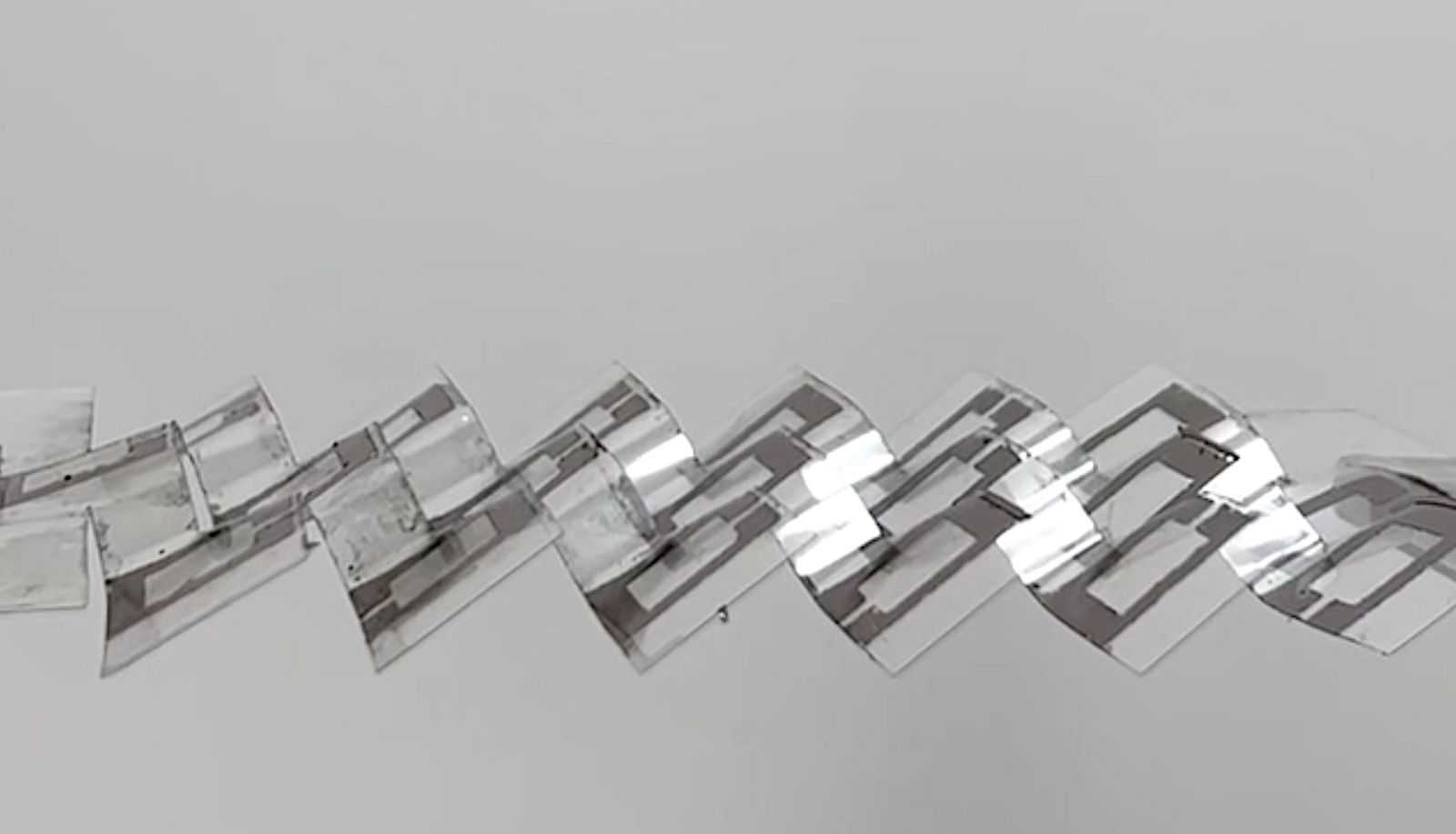The future of wireless technology is rapidly evolving, and antennas—the core components responsible for transmitting electromagnetic waves—are at the forefront of the industry’s shift. To meet the increasing demands for flexible, durable, and cost-effective antennas, researchers are turning to an unexpected source of inspiration: kirigami, the ancient Japanese art of cutting and folding paper.
A team from Drexel University and the University of British Columbia has combined kirigami with materials science to create a new type of antenna that can change its transmission frequency by simply adjusting its shape. This antenna, described in new research published in Nature Communications, offers a glimpse into the next generation of wireless communication devices.
What is Kirigami?
Kirigami is a variation of the ancient Japanese art of origami, but while origami focuses solely on folding paper to create intricate designs, kirigami involves both cutting and folding to form more complex, three-dimensional structures. This technique allows for greater flexibility and versatility in design, as the cuts enable the material to expand and shift into new shapes, creating a wide range of dynamic forms from a flat surface. Originally developed for artistic purposes, kirigami has now found applications in fields like architecture and even robotics.
Applying Kirigami to Wireless Tech
By leveraging kirigami techniques, the team transformed a single sheet of acetate coated with a special conductive ink into a flexible 3D antenna that can transmit and receive microwaves. This antenna can adjust its transmission frequency by altering its shape by pulling or squeezing.
“Kirigami is a natural model for a manufacturing process, due to the simplicity with which complex 3D forms can be created from a single 2D piece of material,” Dr. Yury Gogotsi, Distinguished University and Bach Professor in Drexel’s College of Engineering and co-author of the study said in a recent statement.
This innovation represents a significant shift in the future of antenna manufacturing. Traditional microwave antennas require electronic components to adjust their physical shape or functionality, increasing the complexity, cost, and risk of failure.
The kirigami-inspired design, however, allows the antennas to be reconfigured physically without the need for additional circuitry. This makes them lightweight, flexible, and durable—crucial for soft robotics and aerospace applications, where antennas must withstand movement and stress from environmental factors such as space junk or solar radiation.
The key to the team’s success lies in MXene ink, a conductive material developed by Drexel researchers in 2011. MXenes are a family of two-dimensional nanomaterials known for their strong adhesion to substrates and ability to be fine-tuned for specific electromagnetic applications. Coating acetate sheets with MXene ink allowed the researchers to create frequency-selective patterns that form the backbone of the antenna’s capabilities.
The researchers used kirigami techniques to make precise parallel cuts in the MXene-coated acetate. When the edges of the sheet were pulled, square-shaped resonator antennas sprung from the surface, and adjusting the tension shifted the angle of the array. This new application offers the ability to quickly modify the communication configuration of the antennas, potentially improving wireless communication for 5G networks and beyond.
“Frequency selective surfaces, like these antennas, are periodic structures that selectively transmit, reflect, or absorb electromagnetic waves at specific frequencies,” explained Mohammad Zarifi, principal research chair and associate professor at UBC in a statement. “They have active and/or passive structures and are commonly used in applications such as antennas, radomes, and reflectors to control wave propagation direction in wireless communication at 5G and beyond platforms.”
Showing the Antenna Works
The kirigami antennas effectively transmit signals across three commonly used microwave frequency bands—2-4 GHz, 4-8 GHz, and 8-12 GHz. Additionally, the researchers demonstrated that altering the geometry of the substrate could redirect the waves from each resonator. This ability to adjust frequencies by simply shifting the shape of the antenna opens up a range of possibilities, from communication technologies to strain sensors that could monitor the condition of buildings and infrastructure.
In one test, the frequency produced by the resonator shifted by 400 MHz as the antenna’s shape was deformed under strain. This suggests the antenna could double as a strain sensor, providing valuable real-time data on structural integrity.
Looking ahead, the team plans to further explore the potential of kirigami antennas by experimenting with new shapes, substrates, and movements to optimize performance.
“The next phase of this research will explore new materials and geometries for the antennas,” explained Omid Niksan, PhD, from the University of British Columbia and co-author of the study, in a statement.
As wireless technology continues to evolve, innovations like these could lead to more efficient, adaptable, and cost-effective communication systems, ultimately supporting advancements in fields like robotics, aerospace, and telecommunications.
Kenna Hughes-Castleberry is the Science Communicator at JILA (a world-leading physics research institute) and a science writer at The Debrief. Follow and connect with her on X or contact her via email at kenna@thedebrief.org

